Your Ultimate Guide to the Enigmatic Shuangguantang Song Dynasty Tombs
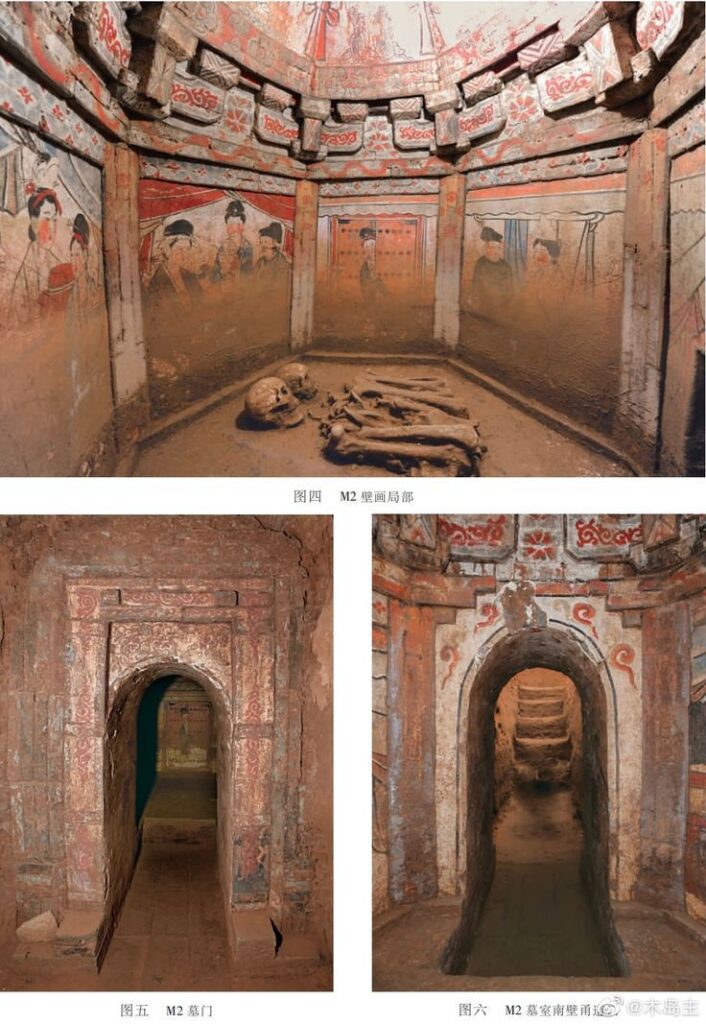
An Essential Guide to Visiting Shuangguantang_Song_Dynasty_Tombs
Nestled in the serene landscapes of Liangping County, Chongqing, the Shuangguantang Song Dynasty Tombs offer a captivating journey back in time, where history and spirituality intertwine. This ancient site, also known as Fuguo Temple, is steeped in rich cultural heritage, celebrated for its unique architectural beauty and tranquil atmosphere. As you wander through the meticulously preserved halls and courtyards, you’ll encounter a harmony of towering trees, intricate stone carvings, and the profound silence that blankets this sacred ground.
The tombs date back to the Song Dynasty and are revered as a significant site of Buddhist culture, often referred to as the “Southwest’s Zen Buddhism Ancestral Grounds.” Here, the air is filled with the scent of osmanthus blossoms, from which the site derives its name—Shuangguantang, meaning “Two Osmanthus Halls.” The majestic structures are arranged along a central axis, showcasing an architectural design that reflects the principles of balance and symmetry cherished in traditional Chinese aesthetics.
Visiting the Shuangguantang Song Dynasty Tombs is not merely an exploration of ancient relics; it’s an invitation to immerse yourself in the peaceful ambiance of a place where time seems to stand still. Whether you are seeking spiritual solace, a deeper understanding of Chinese history, or simply a picturesque escape, this hidden gem promises to leave a lasting impression. Prepare to be enchanted by the timeless beauty and profound tranquility that await you at Shuangguantang.
In This Guide
- An Essential Guide to Visiting Shuangguantang_Song_Dynasty_Tombs
- The Rich History and Legends of Shuangguantang_Song_Dynasty_Tombs
- Main Highlights: What You Absolutely Can’t Miss
- Planning Your Visit: A Practical Guide
- Tickets: Prices, Booking, and Tips
- How to Get There: A Complete Transportation Guide
- Local Cuisine and Accommodation Nearby
- Frequently Asked Questions
- Final Thoughts on Your Trip
The Rich History and Legends of Shuangguantang_Song_Dynasty_Tombs
Nestled in the serene landscape of Liangping, Chongqing, the Shuangguantang (双桂堂) is steeped in rich history and vibrant legends that date back over 370 years. Originally established in 1653 during the early Qing Dynasty by the eminent monk Poshan, this temple is widely regarded as the “Zen Temple of Southwest China” and holds a prominent place in the Buddhist community.
The name “Shuangguantang,” translating to “Two Osmanthus Halls,” derives from two ancient osmanthus trees within the temple grounds, which are said to have been nurtured by Chang’e, the Moon Goddess, using water from Guanyin’s purity vase. This enchanting legend adds a layer of mystique to the temple, inviting visitors to explore not just its physical beauty but also its spiritual significance.
Architecturally, Shuangguantang is a treasure trove of Ming and Qing Dynasty styles, showcasing a harmonious blend of wood and stone structures. The temple complex comprises a series of six distinct halls, including the majestic Daxiong Hall (Great Hero Hall), Maitreya Hall, and the sacred Cangjing Building (Scripture House). Each hall is meticulously designed, featuring exquisite wood carvings and intricate stonework that reflect the artistry of the era. The symmetrical layout along a central axis guides visitors through a serene journey, revealing the temple’s grandeur and inviting contemplation.
The temple’s historical significance is underscored by its role as a major center for the propagation of Zen Buddhism in the region. Throughout the centuries, it has attracted countless pilgrims and tourists seeking solace and enlightenment. It has also garnered recognition from various emperors, securing its status as a vital cultural and religious hub.
Visitors today can immerse themselves in the tranquil atmosphere of Shuangguantang, often finding themselves captivated by the serene sounds of nature and the gentle rustling of leaves from the ancient osmanthus trees. Each corner of the temple whispers stories of its past, from the devout monks who once inhabited its halls to the rituals that have taken place here over the centuries.
Beyond its spiritual allure, the surrounding landscape enhances the experience. The nearby Shuanggui Lake, with its pristine waters and lush greenery, offers a peaceful retreat for reflection and connection with nature. This proximity to natural beauty complements the temple’s serene environment, allowing visitors to engage with both the spiritual and the natural world.
For those seeking a deeper understanding of this historical site, guided tours are available, providing insights into the temple’s architecture, legends, and the teachings of Zen Buddhism. With a modest entry fee, exploring Shuangguantang offers an affordable yet enriching experience, making it an essential stop for anyone venturing into the heart of Liangping.
In conclusion, Shuangguantang is more than just a temple; it is a living testament to the rich history and cultural heritage of the region. Whether you are drawn by its architectural beauty, spiritual significance, or the legends that permeate its grounds, a visit to Shuangguantang promises to be a journey of discovery and reflection.
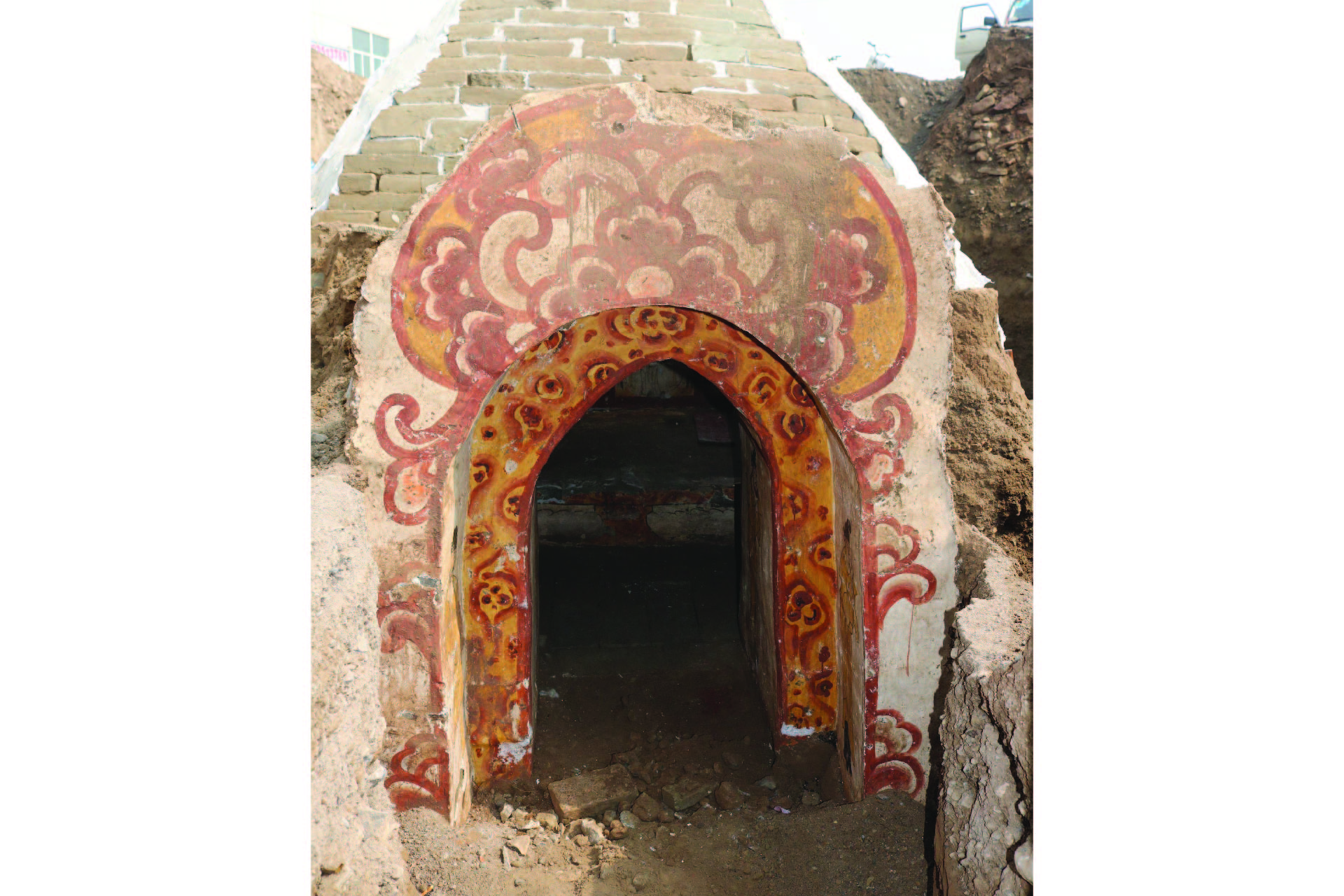
Shuangguantang_Song_Dynasty_Tombs.
Main Highlights: What You Absolutely Can’t Miss
When visiting the Shuangguantang Song Dynasty Tombs, also known as the Double桂堂, you are in for a treat that marries rich history with serene beauty. This ancient temple complex is not just a religious site; it’s a journey through time, offering insights into the architectural grandeur and cultural heritage of the region. Here are the main highlights you absolutely can’t miss:
The Majestic Architecture
-
Da Xiong Bao Dian (Great Hero Hall): The centerpiece of the temple, this grand hall showcases stunning wooden and stone craftsmanship. Be sure to look up at the intricate carvings and the lifelike statues of Buddha that dominate this serene space.
-
Maitreya Hall: Established during the Qing Dynasty, this hall is dedicated to Maitreya, the future Buddha. The architectural details and the ambiance here exude tranquility, making it a perfect spot for reflection.
-
Five Hundred Arhats Hall: This newly constructed hall features unique representations of the 500 Arhats, each with distinct expressions and postures. It’s an ideal location for photography with its artistic narrative and vibrant atmosphere.
-
Cangjing Lou (Scripture Storage Building): This building houses invaluable artifacts, including ancient Sanskrit texts and exquisite jade Buddha figures. For history enthusiasts, this is a treasure trove of cultural heritage.
The Natural Surroundings
-
Shuanggui Lake: Just a stone’s throw away from the temple, this lake offers a picturesque setting for a leisurely stroll or quiet meditation. The lush wetlands are home to over 200 bird species, and the serene waters reflect the beauty of the surrounding landscape.
-
Gorgeous Gardens: The temple grounds are adorned with flowers and ancient trees, providing a peaceful retreat. Don’t miss the fragrant 桂花 (osmanthus) trees, which lend the temple its name and create a soothing atmosphere.
Cultural Experiences
-
Zen Meditation: Experience the serene practice of meditation in designated quiet areas, often accompanied by the soothing sounds of chanting monks. This is an excellent opportunity to connect with the spiritual essence of the site.
-
Vegetarian Cuisine: Don’t leave without trying the local vegetarian dishes at the temple’s dining area. The meals are crafted from fresh, seasonal ingredients, reflecting the simple yet profound philosophy of Buddhist cuisine.
Perfect Photo Opportunities
-
Sunset Views: The temple is oriented east to west, making it an ideal spot for capturing breathtaking sunset photos. The warm glow of the setting sun illuminating the ancient structures creates a magical atmosphere.
-
Cultural Events: Keep an eye out for local festivals or cultural performances that may be taking place during your visit. These events often showcase traditional music, dance, and art, providing a deeper understanding of the local culture.
Practical Information
- Opening Hours: The temple opens daily from 8:00 AM to 5:00 PM. Plan to spend around 2-3 hours exploring the site.
- Entrance Fee: The admission fee is a mere 10 RMB, making it an affordable cultural experience.
- Getting There: The easiest way to reach the Double桂堂 is via high-speed train to Liangping South Station, followed by a short taxi or bus ride.
Whether you’re seeking spiritual solace, architectural beauty, or a glimpse into China’s rich history, the Shuangguantang Song Dynasty Tombs is a must-visit destination that promises to leave a lasting impression.
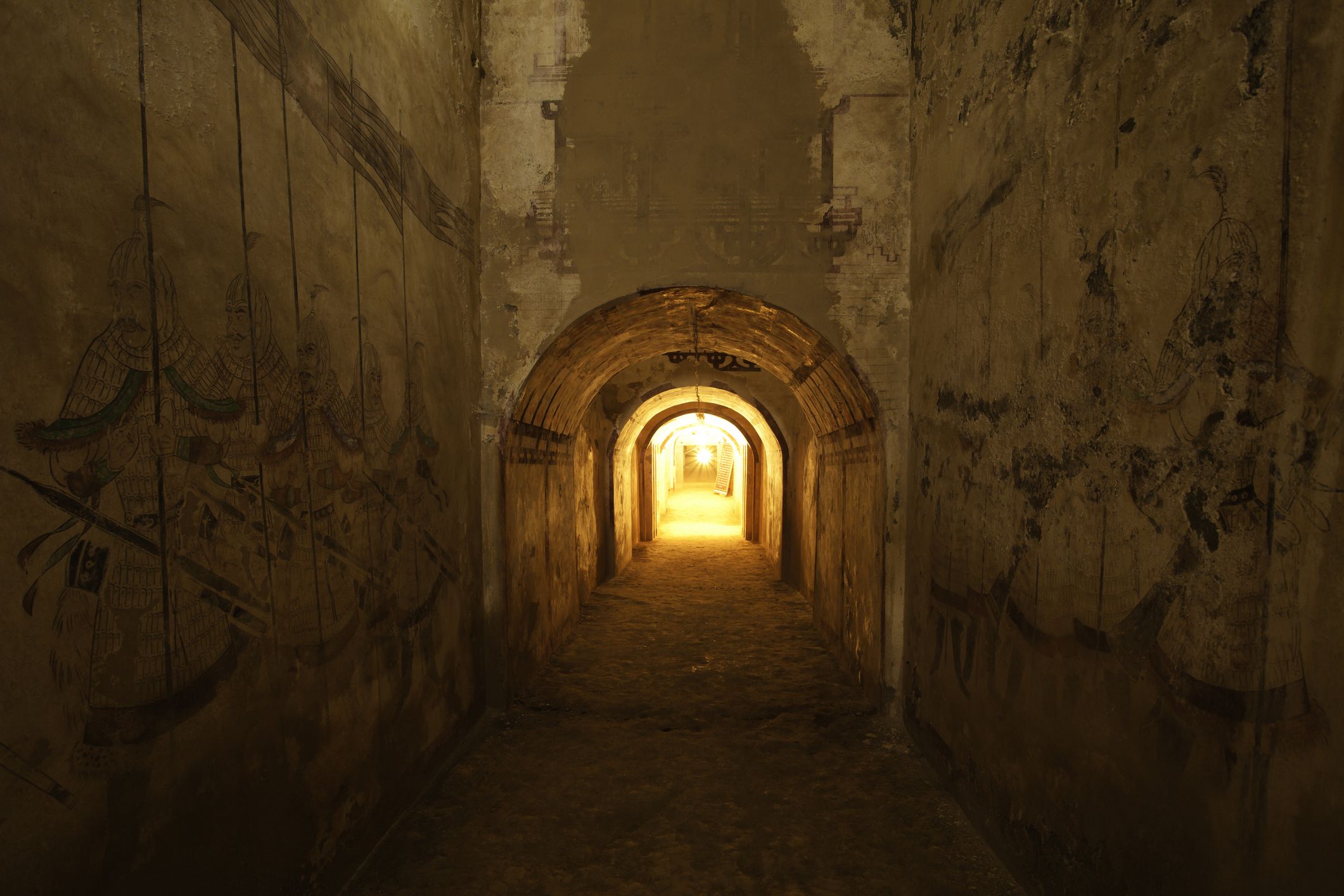
Shuangguantang_Song_Dynasty_Tombs.
Planning Your Visit: A Practical Guide
When planning a visit to the Shuangguantang Song Dynasty Tombs, also known as 双桂堂, you’re in for a delightful experience steeped in history, culture, and natural beauty. Here’s everything you need to know to make the most of your trip.
Getting There
Location
Shuangguantang is situated in Liangping County, approximately 10 kilometers southwest of Liangping city in Chongqing, China. This historical site is nestled in the scenic Wanbamboo Mountain area.
Transportation Options
- By Train: The most convenient way to reach Shuangguantang is to take a high-speed train to Liangping South Station. From there, you can catch a local taxi or take a bus (around 10 minutes) to the temple.
- By Car: If you prefer driving, it takes about 2.5 hours from Chongqing city center. Follow the G50 Hu-Yu Expressway, then switch to local roads guided by your GPS.
Admission Details
- Ticket Price: Entrance to Shuangguantang is affordable, with tickets priced at 10 RMB (approximately $1.50). This makes it a great value for anyone looking to explore a historical site.
- Opening Hours: The temple is open daily from 8:00 AM to 5:00 PM. To fully appreciate the site, plan to spend at least 2-3 hours there.
What to Expect
Architectural Marvel
Shuangguantang is renowned for its impressive architectural style, featuring a blend of wood and stone structures. The layout includes several pavilions aligned along a central axis, showcasing the grandeur of ancient Chinese temple design. Key structures include:
– The Main Hall (大雄宝殿): The heart of the temple, characterized by its majestic size and intricate carvings.
– Maitreya Hall (彌勒殿): Known for its unique architecture and historical significance.
– The Scripture Hall (藏經樓): A must-visit for cultural enthusiasts, housing rare Buddhist texts and artifacts.
Natural Beauty
Surrounding the temple are lush gardens and serene landscapes that enhance the spiritual atmosphere. The nearby Shuanggu Lake is a perfect spot for a leisurely stroll or a quiet moment of reflection.
Dining Options
While visiting Shuangguantang, don’t miss the chance to experience local vegetarian cuisine at the Shuanggui Vegetarian Restaurant. Here, you can savor beautifully prepared dishes using fresh local ingredients, embodying the essence of Buddhist culinary traditions.
Accommodation
For those wishing to extend their stay, there are several comfortable lodging options near Liangping, including:
– Vienna Hotel Liangping: Known for its good value and convenient location.
– Molin Bamboo Courtyard: A charming guesthouse that offers a peaceful atmosphere amidst nature.
Tips for Your Visit
- Best Time to Visit: Early morning or late afternoon are ideal for avoiding crowds and capturing stunning photographs, especially during sunset when the temple is bathed in golden light.
- Dress Appropriately: Wear comfortable shoes and consider modest clothing to respect the religious atmosphere of the temple.
- Stay Hydrated: Bring water, especially if you plan to explore the gardens and surrounding areas extensively.
Nearby Attractions
If time permits, consider visiting these nearby attractions for a more comprehensive experience:
– Shuanggu Lake: A picturesque wetland park, perfect for birdwatching and leisurely walks.
– Huashi Ancient Village: A historical site that showcases traditional architecture and local culture.
By following this guide, your visit to Shuangguantang will be a memorable journey through history and spirituality, offering a unique glimpse into China’s rich cultural heritage. Enjoy your adventure!
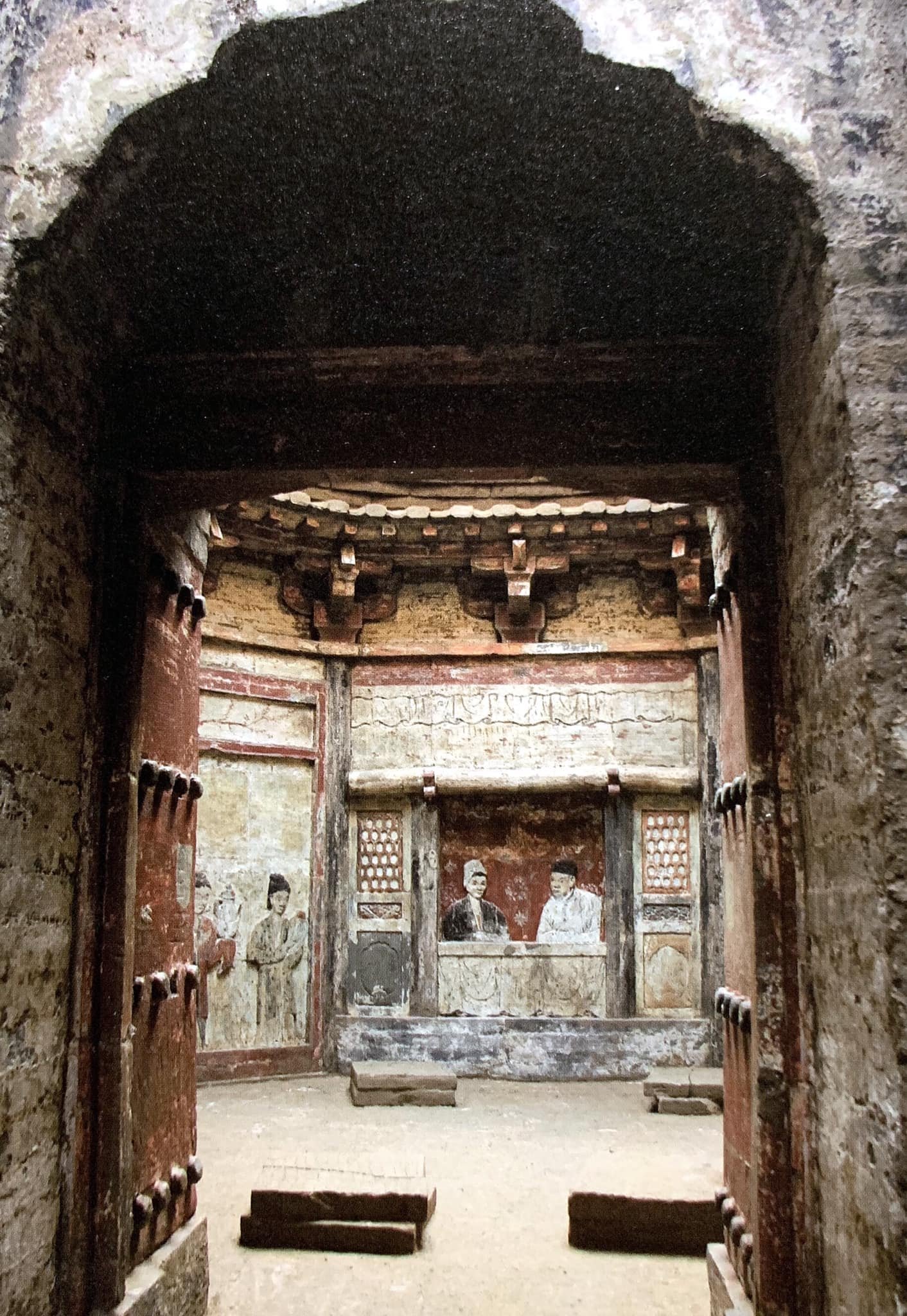
Shuangguantang_Song_Dynasty_Tombs.
Tickets: Prices, Booking, and Tips
When planning your visit to the Shuangguantang (双桂堂), also known as the Song Dynasty Tombs, here’s what you need to know about ticket prices, booking options, and some handy tips to enhance your experience.
Ticket Information
-
Price: Admission to Shuangguantang is remarkably affordable at 10 CNY (approximately 1.50 USD) per person. This price offers excellent value for a site rich in history and culture.
-
Booking: While tickets can typically be purchased on-site, it’s advisable to check for any online booking options or updates on opening hours through local travel apps or websites prior to your visit. This can be especially useful during peak tourist seasons or local festivals.
-
Opening Hours: The site is generally open from 8:00 AM to 5:00 PM. To fully appreciate the beauty and tranquility of the area, plan your visit for at least 2-3 hours.
Tips for Your Visit
-
Best Time to Visit: Early morning or late afternoon is ideal for visiting Shuangguantang. The softer light during these times not only makes for better photographs but also enhances the serene atmosphere of the site.
-
Respect the Environment: As a religious and cultural site, it’s important to maintain a respectful demeanor. Dress modestly and consider wearing comfortable shoes since you’ll likely be walking on uneven surfaces.
-
Photography: The architecture of Shuangguantang is stunning, particularly at sunset when the golden hour casts a warm glow over the ancient structures. Make sure to capture the intricate details of the carvings and the majestic views.
-
Combine Your Trip: Consider visiting nearby attractions such as the Shuanggui Lake Wetland Park, which is a short distance away and offers beautiful natural scenery and opportunities for leisurely walks.
-
Food Options: Don’t miss the chance to try local vegetarian dishes at the on-site restaurants, which offer a delightful glimpse into the region’s culinary heritage.
-
Transportation: If you’re traveling from downtown Chongqing, you have several options including high-speed trains to Liangping, followed by a short taxi ride. Alternatively, a self-drive option is available, taking around 2.5 hours from the city center.
-
Stay Connected: It might be helpful to have a local SIM card or portable Wi-Fi device to navigate during your visit and access information on-the-go.
By keeping these points in mind, your visit to Shuangguantang will not only be enjoyable but also enriching, offering a deep dive into the history and culture of this remarkable site. Enjoy your journey into the past!
How to Get There: A Complete Transportation Guide
Reaching the Shuangguantang Song Dynasty Tombs, nestled in the scenic Liangping District of Chongqing, offers a delightful journey into the heart of Chinese history. Here’s your essential guide to navigating your way to this cultural gem.
Getting There by Train
For international travelers, the most efficient way to reach Liangping is by high-speed train. You can board a train from major cities like Chengdu or Chongqing:
- From Chongqing: Head to the Chongqing North Railway Station and purchase a ticket to Liangping South Station. The journey typically takes about 1.5 to 2 hours.
- From Chengdu: Similarly, take a high-speed train from Chengdu East Railway Station to Liangping, which will take around 2.5 hours.
Once you arrive at Liangping South Station, you can easily find transportation to the Shuangguantang site.
Local Transportation from Liangping South Station
After disembarking at Liangping South Station, you have several options to reach the Shuangguantang Song Dynasty Tombs, which is approximately 10 kilometers away.
-
Taxi: The quickest and most convenient way is to grab a taxi right outside the station. The ride should take about 15-20 minutes and cost around 20-30 RMB (approximately $3-$5).
-
Public Bus: If you prefer a more economical option, you can take a local bus. Look for the 302 bus line that connects Liangping South Station with the main areas in Liangping. This journey will take a bit longer but costs only about 2.5 RMB (about $0.40).
Driving Directions
If you’re considering a self-drive option, the journey from central Chongqing to Shuangguantang is straightforward:
- Start on the G50 Expressway: Depart from Chongqing city center and merge onto the G50 Expressway towards Jiangjin/Chengdu.
- Exit towards Liangping: After approximately 170 kilometers, take the exit for Liangping.
- Follow Local Roads: Continue on local roads, following signs for Shuangguantang, which is located about 10 kilometers from the town center.
The total drive will take around 2.5 hours, depending on traffic conditions.
Tips for Visiting
-
Opening Hours: Ensure to check the opening hours before your visit. The Shuangguantang is usually open from 8:00 AM to 5:00 PM, so plan your trip accordingly.
-
Entry Fee: The admission fee is quite reasonable at around 10 RMB (approximately $1.50), making it an affordable excursion.
-
Best Time to Visit: Consider visiting in the early morning or late afternoon for the best lighting for photography, particularly during sunset when the site is beautifully illuminated.
Nearby Attractions
While in Liangping, don’t miss the opportunity to explore nearby attractions, such as the serene Shuanggui Lake and the ancient Huashi Ancient Village, both easily accessible from the Shuangguantang site.
With this guide, your journey to Shuangguantang Song Dynasty Tombs promises to be smooth and enjoyable. Prepare to immerse yourself in the rich history and tranquil beauty that this remarkable site has to offer!
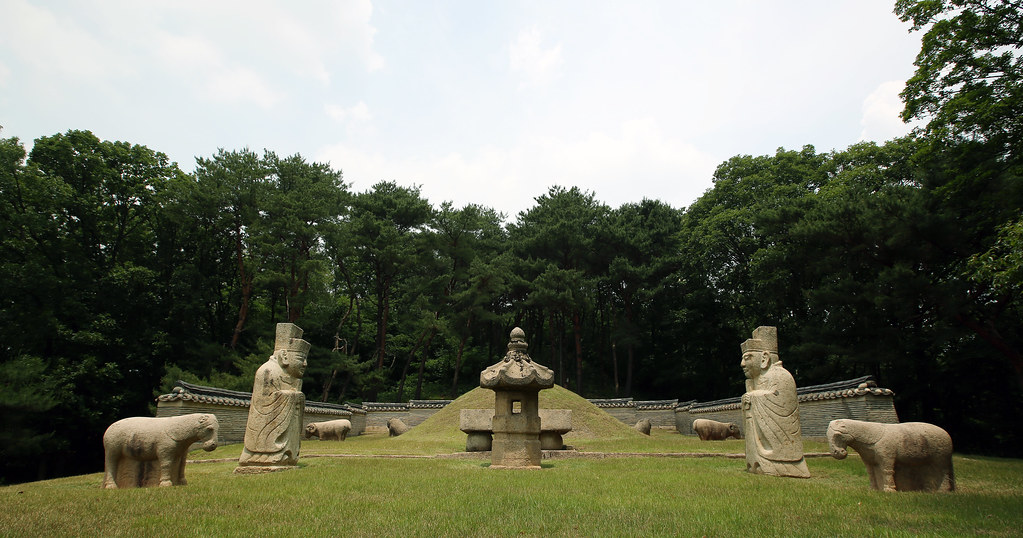
Shuangguantang_Song_Dynasty_Tombs.
Local Cuisine and Accommodation Nearby
When exploring the serene beauty of Shuangguantang, also known as the Song Dynasty Tombs, you’ll want to immerse yourself in the local culinary delights and comfortable accommodations nearby. Here’s a guide to help you enjoy the best of what this charming area has to offer.
Culinary Delights
-
Shuanggui Vegetarian Experience Center
Dive into the local vegetarian scene at the Shuanggui Vegetarian Experience Center, a culinary gem located right at the entrance of the temple. Here, you can indulge in a variety of creatively prepared dishes using fresh, seasonal ingredients. The menu features delightful interpretations of traditional Chinese flavors, allowing you to savor dishes that resemble their meaty counterparts but are wholly plant-based. This is a must-visit for food lovers seeking a unique dining experience that aligns with the Buddhist principles of simplicity and mindfulness. -
Chen Liang Shrimp
A local favorite, this dish offers a nostalgic taste of glutinous rice shrimp, characterized by its soft texture and rich sweetness, reminiscent of childhood memories. It’s a delightful treat that you shouldn’t miss while in the area. -
Li’s Duck and Grasp Chicken
For something heartier, try the Li’s Duck and Grasp Chicken. This dish features tender, marinated chicken that has been deep-fried to a crispy golden brown and then pulled apart into bite-sized pieces. The combination of flavors is sure to satisfy your cravings for authentic local cuisine.
Comfortable Stays
-
Fengchao Resort
This beautifully designed hotel offers a unique architectural experience, blending traditional aesthetics with modern comfort. Nestled close to the scenic spots, it provides easy access to local attractions, making it a convenient base for your explorations. Enjoy serene views and tranquil surroundings that enhance your getaway. -
Moling Bamboo Courtyard
For a more rustic experience, consider staying at Moling Bamboo Courtyard, a cozy homestay that emphasizes a peaceful, nature-infused environment. This place is perfect for those looking to unwind, surrounded by the lush greenery of the countryside. The serene ambiance makes it feel like you’re living in a natural paradise, with the added comfort of home.
Getting There
Both the Shuanggui Vegetarian Experience Center and the nearby accommodations are easily accessible from the Shuangguantang site. If you’re driving from downtown Chongqing, expect about a 2.5-hour journey through picturesque landscapes. Alternatively, high-speed trains to Liangping followed by a short taxi ride are convenient options to consider.
Whether you’re savoring the flavors of vegetarian dishes or relaxing in a tranquil retreat, the area surrounding Shuangguantang offers a delightful blend of culinary and lodging experiences that will enrich your visit. Enjoy your journey into the heart of this historical gem!
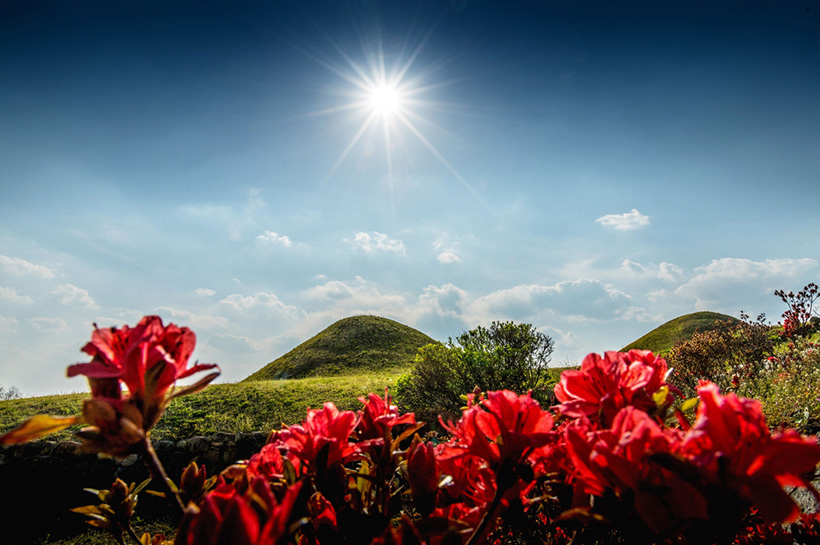
Shuangguantang_Song_Dynasty_Tombs.
Frequently Asked Questions
Frequently Asked Questions about Shuangguantang_Song_Dynasty_Tombs
1. Where is Shuangguantang located?
Shuangguantang is situated in Liangping County, Chongqing, China, approximately 10 kilometers southwest of the town center in Jindai Village, Wanzhushan Mountain.
2. What are the opening hours for Shuangguantang?
The site is open daily from 9:00 AM to 5:00 PM. It is advisable to check for any special holiday hours or closures before your visit.
3. How much does it cost to enter Shuangguantang?
Entry to Shuangguantang is very affordable, with a ticket price of just 10 RMB per person. This provides great value for the rich historical experience you will enjoy.
4. What is the best time to visit for photography?
For the best lighting, visit during early morning or late afternoon when the sun is low. The golden hour just before sunset can create stunning photo opportunities, especially as the ancient structures glow in the warm light.
5. Are there nearby attractions worth visiting?
Absolutely! Nearby attractions include Shuanggui Lake, known for its serene wetland ecosystem, and the historic Huashan Ancient Village, which offers an immersive glimpse into local culture and architecture.
6. What transportation options are available to reach Shuangguantang?
Visitors can drive to Shuangguantang, which is about a 2.5-hour journey from downtown Chongqing. Alternatively, high-speed rail services run to Liangping South Station, followed by a short taxi ride to the site.
7. Is there any dining available on-site or nearby?
Yes! You can enjoy vegetarian cuisine at the on-site Shuanggu Vegetarian Experience Center, which offers a variety of dishes made from local ingredients. Additionally, there are several restaurants in the nearby town offering local specialties.
8. What should I wear when visiting?
It is recommended to wear comfortable clothing and shoes suitable for walking, as you will be exploring a large area. Dress modestly to respect the religious and cultural significance of the site, ideally in subdued tones.
Final Thoughts on Your Trip
As your journey through the enchanting Shuangguantang (双桂堂) comes to an end, take a moment to reflect on the serene beauty and profound history that this remarkable site offers. Nestled in the lush hills of Liangping, this ancient temple complex is not just a feast for the eyes but a sanctuary for the soul, allowing you to escape the hustle and bustle of modern life.
Wandering through its majestic halls, each echoing with centuries of spiritual devotion, you become a part of a timeless narrative that transcends generations. The intricate wooden structures, tranquil gardens, and the legendary twin osmanthus trees invite you to pause and breathe in the tranquility that surrounds you. Whether you’re here to seek inner peace, to admire the stunning architecture, or simply to explore the rich cultural tapestry of this region, Shuangguantang offers an experience that resonates deep within.
As you prepare to depart, carry with you the calmness and inspiration that this sacred space imparts. Let the whispers of history and the gentle rustle of leaves remind you that tranquility can always be found, even amidst the chaos of daily life. Until your next adventure, may you find peace and beauty in every step of your journey.